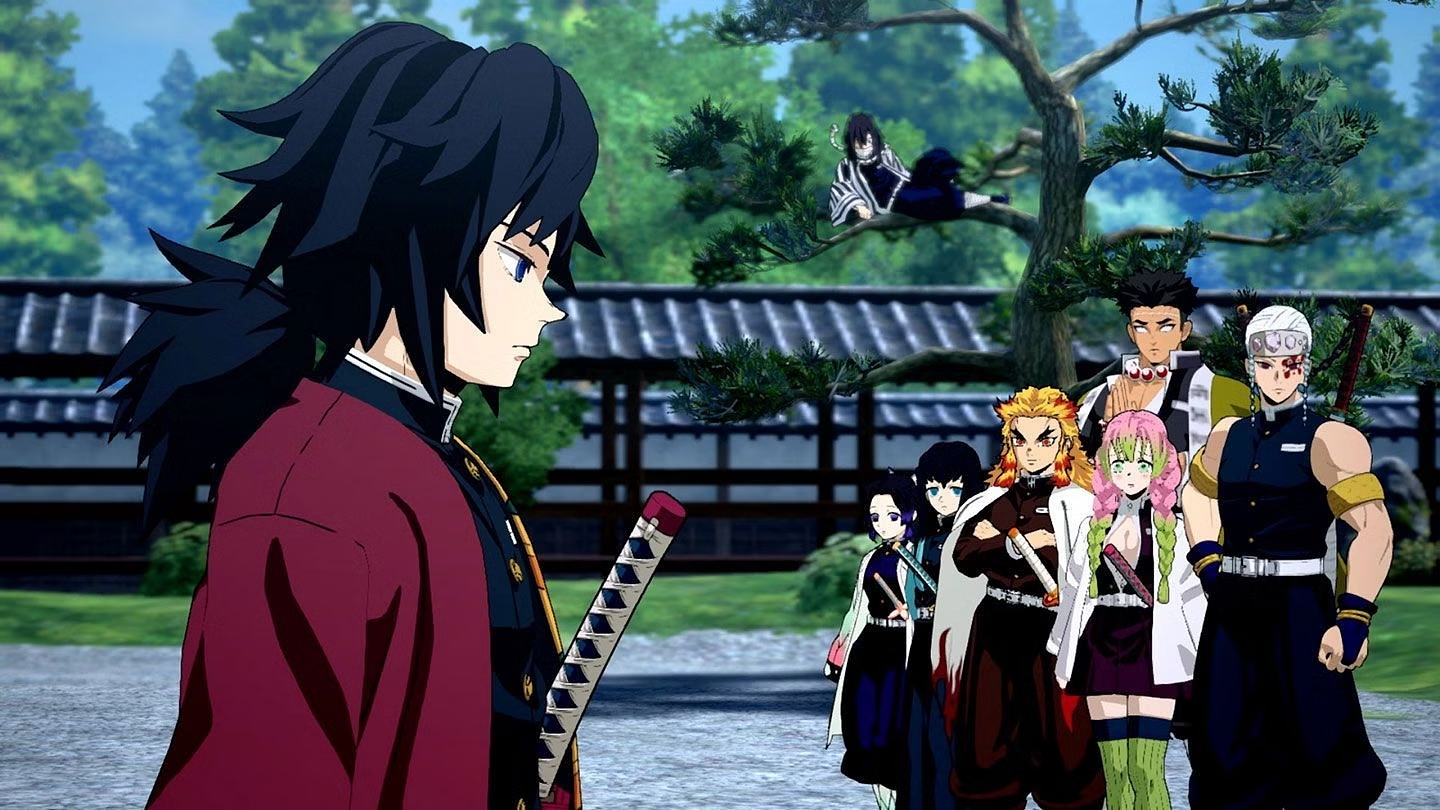


Prithhis Bose
May, 06.2024
Targeting the shonen audience, Demon Slayer: Kimetsu no Yaiba is an exceptionally well-written manga that emphasizes action-packed scenes throughout the narrative. Although they may not completely understand how the ranking system in the series operates or how it has impacted the plot, fans of the manga and anime series will be familiar with the Demon Slayer Corp.
The ranking system aids in highlighting Tanjiro's progress and the extent to which he outperforms other members of the group in terms of abilities.
How High Up Are You In The Demon Slayer Corps?
The Demon Slayer Corps' many notable accomplishments can be attributed to the talent and commitment of its soldiers. The Demon Slayer Corps consists of ten ranks, each called after a Heavenly Stem. When someone completes the Final Selection with success, they are awarded the first rank of Mizunoto. The following are the 10 rankings, going from lowest to highest:
The person will become a full-fledged member of the Demon Slayer Corps upon reaching Mizunoto. They will rise through the ranks established by the organization as they finish the objectives given to them and defeat any demons they come across. The stark differences in the threat posed by demons account for these ten rankings. The Demon Slayer Corps may deploy members based on their ability level thanks to this rating system, which also ensures that more experienced members are ready to go in case a more serious threat materializes.
This aids in the development of novice members' abilities against threats that are less likely to result in death or serious injury. A Demon Slayer Corps member's income is directly correlated with their rank within the group, therefore individuals looking to advance financially may find it beneficial to move up the ranks.
What Are The Celestial Branches?
A numerical system from the Shang Dynasty is called Heavenly Stems. The 10 days that were included in the Shang week were represented and counted using it. The Heaven Stems were utilized with the Earthly Branches to create a new date system that could count sixty years; this system differs greatly from the one we use today. Eventually, the Heaven Stems' original function of counting days in a 10-day system was no longer needed.
The Heavenly Stems' hierarchy corresponds with the ranks of the Demon Slayer Corps. Each prefix—"Mizu" for Water, "Ka" for Metal, "Tsuchi" for Earth, "Hi" for Fire, and "Ki" for Wood—correlates with one of the Five Phases (Wuxing). There are two opposing forces to everything in Chinese philosophy. Ranking names that conclude in "noe" denote the "yang" side, whereas rankings that conclude in "noto" denote the "yin."
Who Are Demon Slayer's Hashira?
Only a very small number of members of the Demon Slayer Corps, known as the Hashira, have a unique rank higher than the standard 10. They are the pinnacle of everything the Demon Slayer Corps has to offer, and obtaining this rank requires fulfilling a number of difficult standards. The first is to have attained the rank of Kinoe and, while at this rank, to have killed more than fifty demons. Killing one of the twelve Demon Moons is the second choice.
Where Does Tanjiro Stand in Demon Slayer?
Tanjiro had training from Sakonji Urokodaki, a retired Demon Slayer Corps member who had previously held the title of Water Hashira, before to joining the group. Tanjiro participated in the Final Selection once he was prepared. Tanjiro was promoted to the level of Mizunoto after finishing the Final Selection.